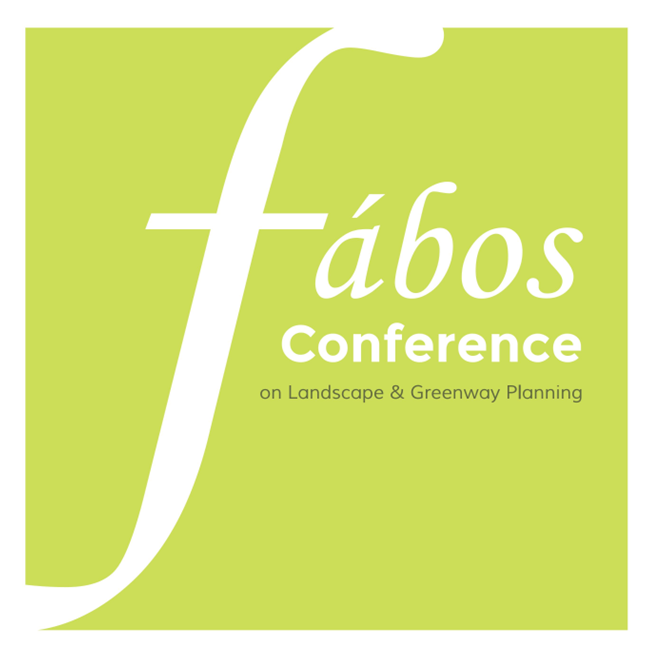Why Did the Turtle Cross the Street? An Examination of Herpetofauna Habitat Road Fragmentation
- Carlos J.L. Balsas (University of Albany)
Abstract
Roads and urban development cause severe herpetofauna habitat fragmentation. The objective of this study is to analyze the road ecology problem of herpetofauna habitat fragmentation. It is argued that most wetland systems have high biodiversity conservation value and that their herpetofauna habitat fragmentation requires the implementation of adequate road crossing mitigation strategies. The research methods comprised mostly literature reviews on road ecology, habitat road fragmentation and mitigation, and roadway redesign measures. The key finding discovered was the urgent need for more continuous habitats, uniform underground crossings, and the elimination of reptile and amphibian road crossing deaths in (sub)urban settings. The study identifies the following five management recommendations: (1) Updating the existing knowledge on herpetofauna populations; (2) Engaging community constituents with road ecology and biodiversity activities; (3) Implementing various habitat mitigation measures; (4) Monitoring herpetofauna crossings in areas of need and maintaining the integrity of the protective measures; and (5) Disseminating research results through the creation of brochures, press-releases, newspaper, scientific articles, and presentations at conferences.
Keywords: Road ecology, herpetofauna, habitat fragmentation, mitigation measures
How to Cite:
Balsas, C. J., (2019) “Why Did the Turtle Cross the Street? An Examination of Herpetofauna Habitat Road Fragmentation”, Fábos Conference on Landscape and Greenway Planning 6(1). doi: https://doi.org/10.7275/gr17-fb22
Downloads:
Download PDF
255 Views
108 Downloads
